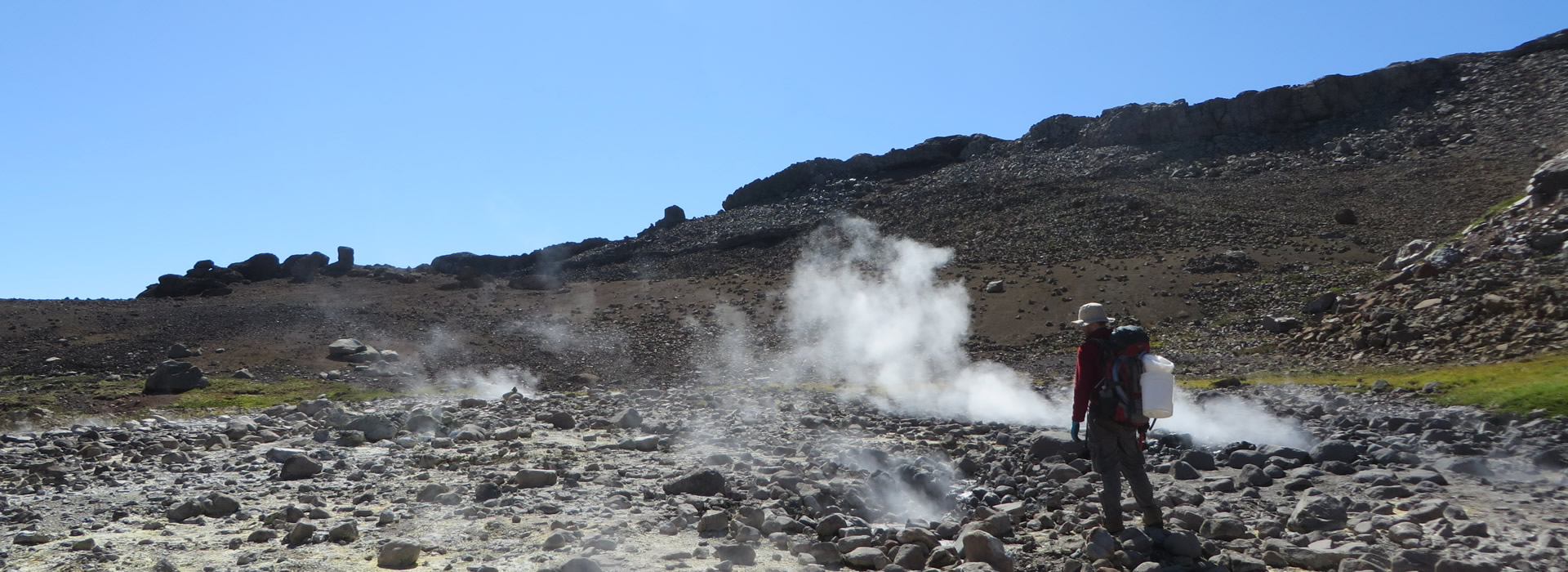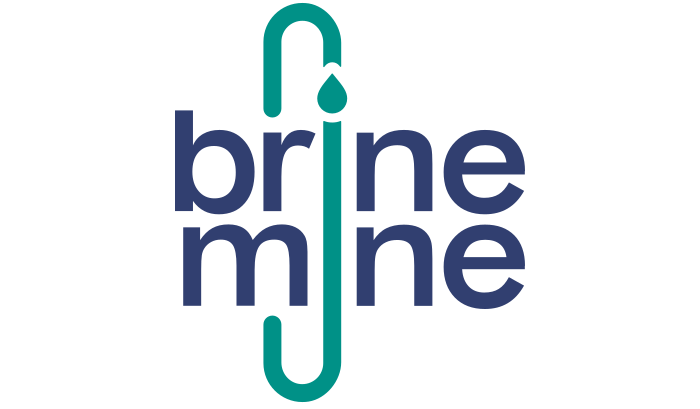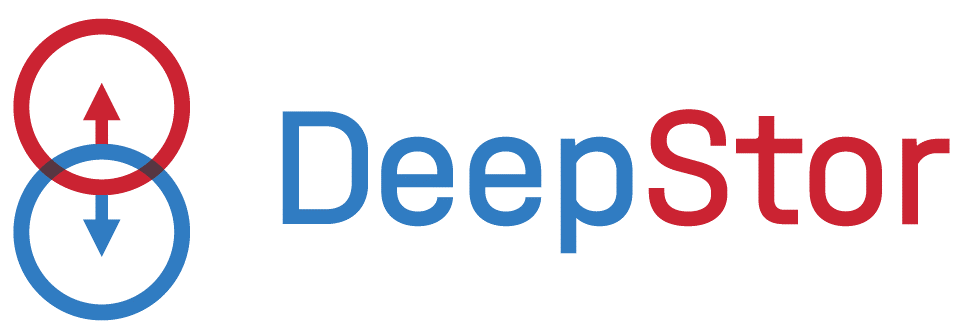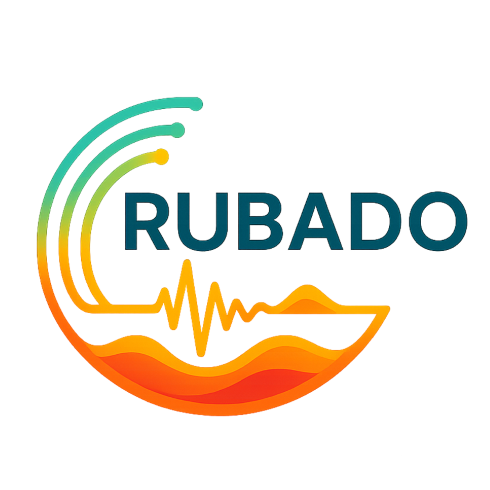Our focus
The Department of Geothermal Energy and Reservoir Technology headed by Thomas Kohl works on the scientific and technological challenges of using geothermal energy. This base loadable and steerable energy source can be used for the sustainable production of heat and electricity. The subsurface also offers the possibility to store thermal energy within a sustainable energy system of fluctuating renewable energies.
The development possibilities of geothermal energy are great. To take advantage of this potential in an efficient, economical and environmentally friendly way is the goal of the Department of Geothermal Energy and Reservoir Technology in teaching, research and development - both in the university and in Helmholtz research.
Our Helmholtz large-scale infrastructures GeoLaB and DeepStor serve the research and transfer of deep geothermal systems in crystalline rock and for storage.
Our profile flyer is available here.

In an article published in Campus Report, Jens Carsten Grimmer explores the prospects of geothermal plants in facilitating resource-efficient lithium extraction. The concept offers great potential for regional value creation and the development of a climate-friendly battery industry.
To the campus report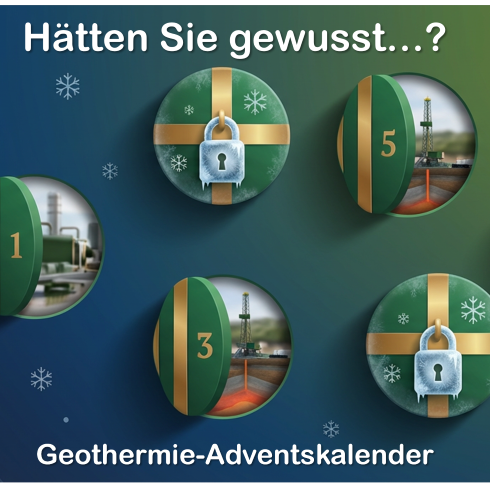
From December 1 to 24, 2025, a door will be opened daily in our green, virtual Advent calendar. Each door unveils a fascinating perspective on the realm of geothermal energy.
To the Advent calendar
At the Chilean Embassy in Berlin, the BRIDGE consortium and the Universidad de Chile (AMTC) met in person for the first time, engaging in discussions with Chilean Mining Minister Aurora Williams and INLiSa Director Hernán Cáceres to plan joint steps within the lithium strategy and future collaboration.
To the project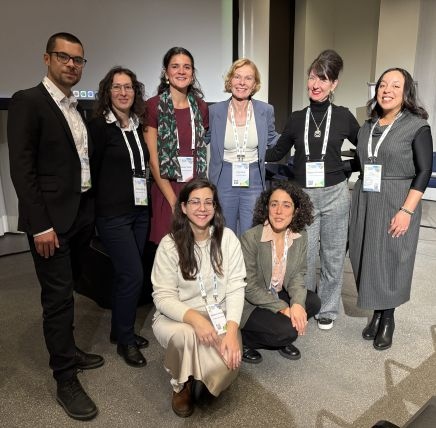
At the EGC in Zurich, we showcased our methodologies for implementing both of these approaches within our research infrastructures. We highlighted our engagement strategies, including interactive exchange formats and innovative participation initiatives.
Find out more
In an interview with Deutschlandfunk radio, PD Dr. Jens Carsten Grimmer expounds on the merits of lithium mining in Germany.
To the Deutschlandfunk
Developing new methods for seismic monitoring of geothermal plants in the Upper Rhine Graben.
To the project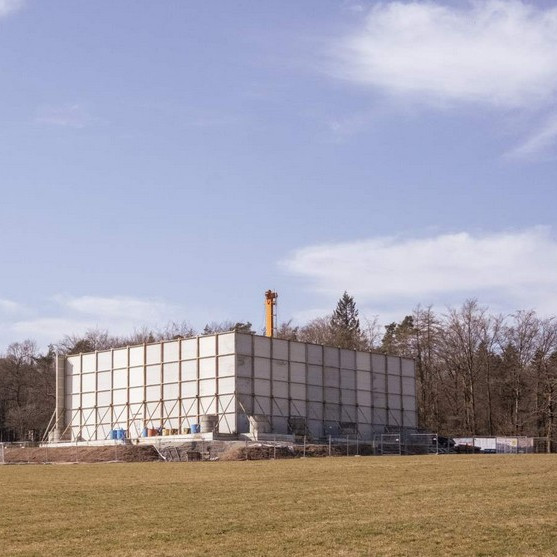
The second GeoLaB exploratory borehole was successfully drilled in June. It was carried out from the same drilling site as the first borehole, but followed a deviated drilling path.
Find out more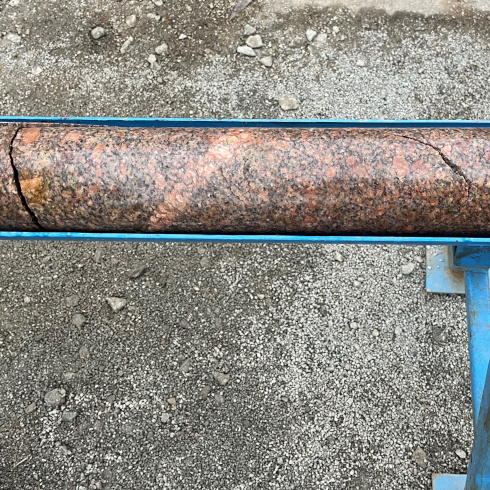
Finally, the first drill core from the GeoLaB exploration well has been extracted!
To the German TV contribution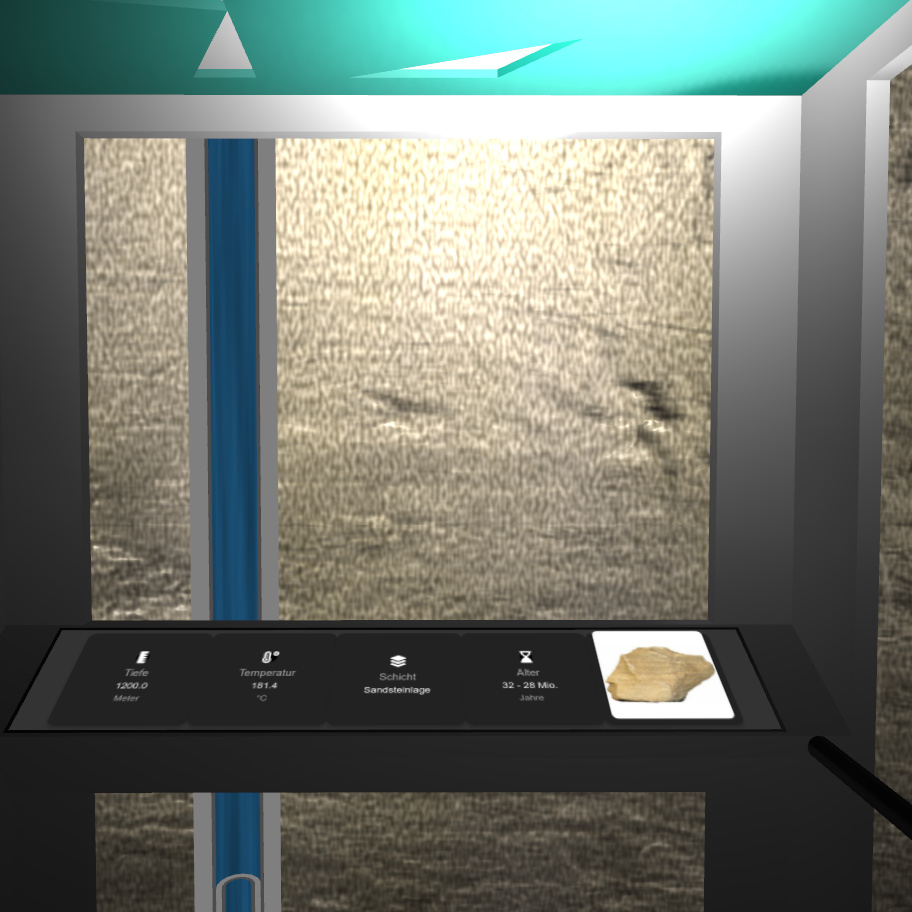
Deep underground storage: thermal energy for tomorrow
Dive into the underground with us!
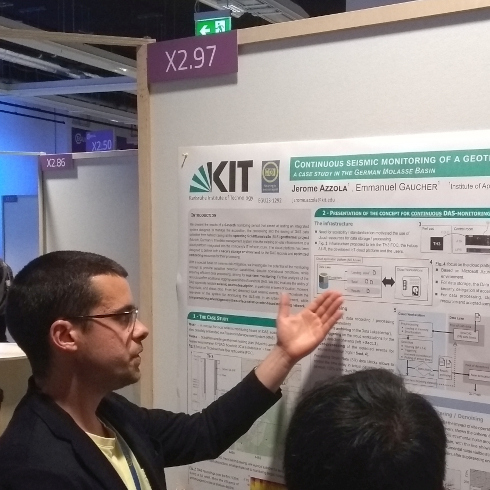
You work on the numerical modeling of fluid circulation in geo-reservoirs AND on the geophysical monitoring to implement to assess the prognoses? Then, do not hesitate to submit an abstract to the session Emmanuel Gaucher convenes at EGU2024.
To the EGU session ERE5.6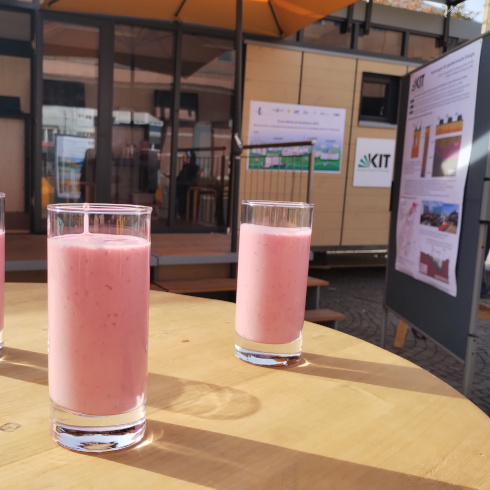
As part of the EUCOR MobiLab Roadshow and Science Week, we will present information on geothermal energy and seismology with refreshing raspberry milk shakes. Next event: Sunday, 15 October at Kronenplatz, Karlsruhe.
Zum Programm
Heating houses, manufacturing lithium batteries - geothermal energy offers interesting applications. Valentin Goldberg discusses these with moderator Julia Nestlen.
To the SWR mediathek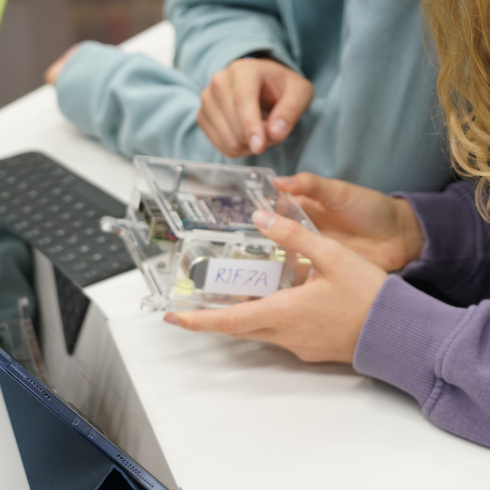
Science meets school: Citizen Science project on comparative seismic measurements around a geothermal plant with Jerome Azzola as seismology expert.
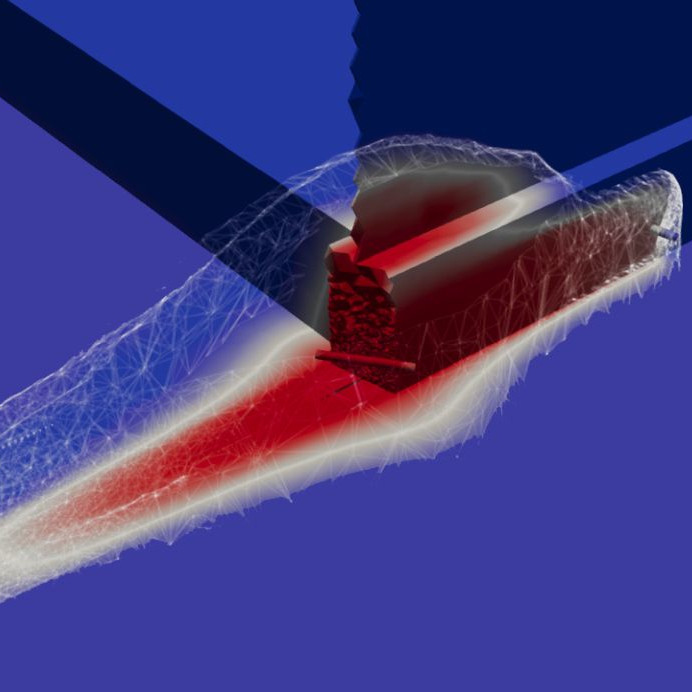
KIT researchers see long-term prospects for lithium extraction with geothermal plants
To the German press release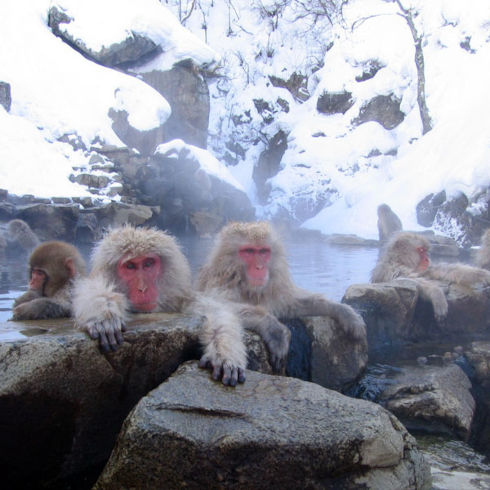
Can we use thermal springs for heating? Valentin Goldberg explores this and other questions in the KIT podcast.
To the podcast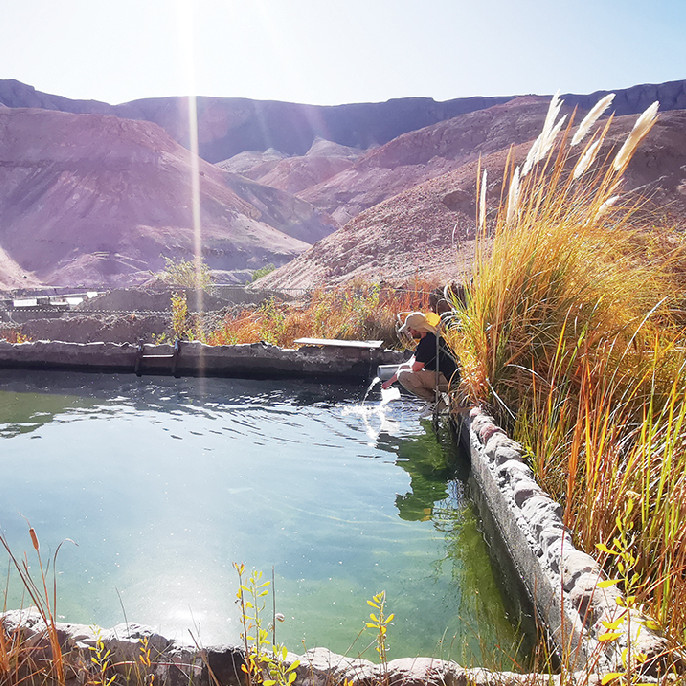
Cover-Story in the German-Chilean Newspaper Cóndor
To the article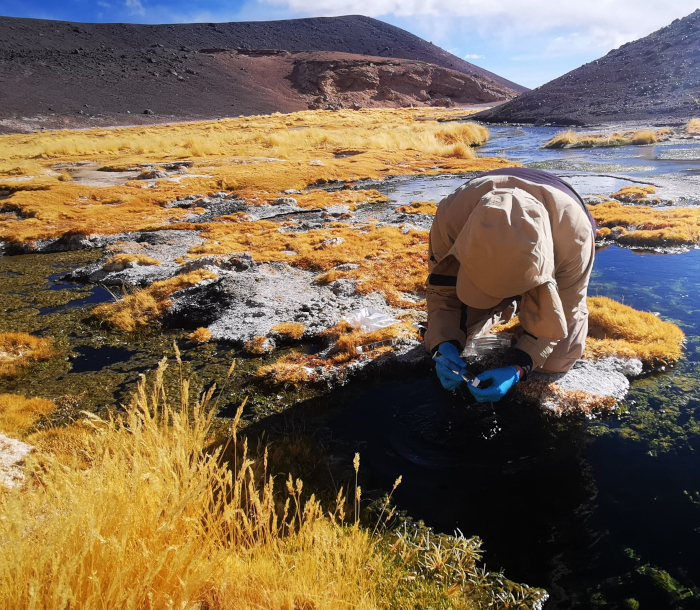
After four years of intensive research and development with project partners from Germany and Chile, the BMBF project BrineMine was successfully completed.
To the project video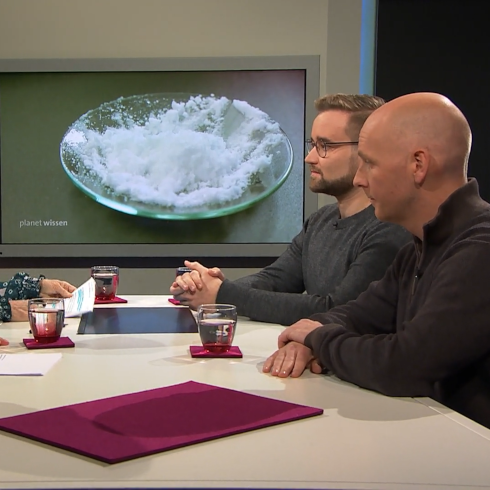
As guests in a TV science magazine, Fabian Nitschke and Valentin Goldberg discuss chances and risks of the lithium production in Germany.
To the TV broadcast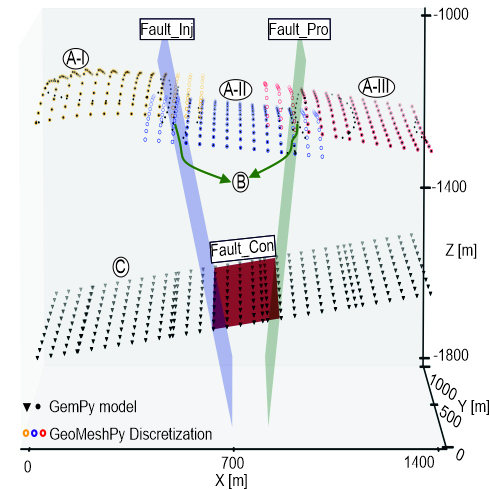
A Python library developed to bridge the gap between geological models and numerical solvers allowing for the structural uncertainty.
Geothermics 107 (2023) 102607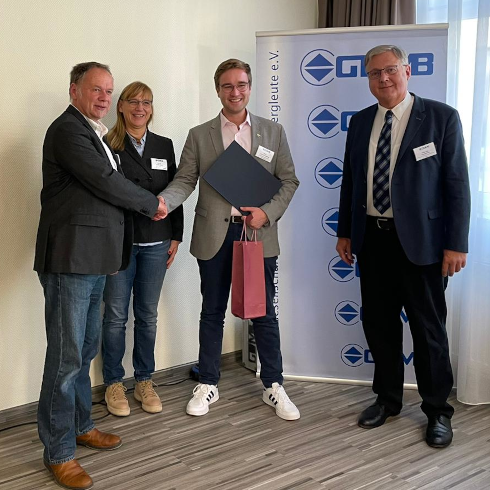
At the meeting of the GDMB's Geothermal Energy Specialist Committee, Valentin Goldberg was awarded.
To the meeting report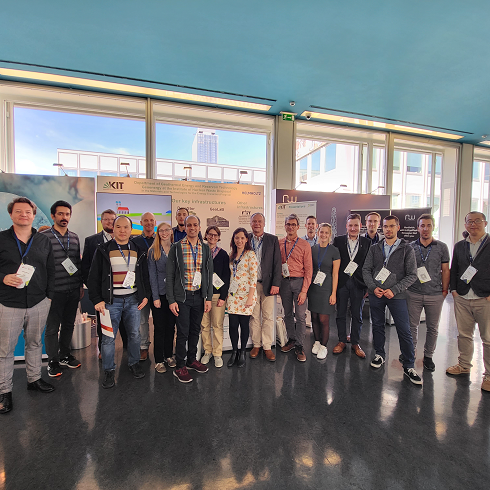
19 persons from our group have participated in the European Geothermal Congress in Berlin and contributed with a booth and various scientific talks and posters.
Website of the EGC 2022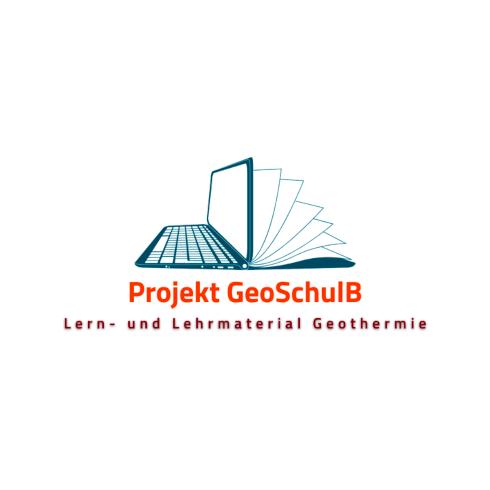
Im Projekt GeoSchulB erstellte der Bundesverband Geothermie mit KIT-Beteiligung vier interaktive Lernhefte zur Geothermie für die Unter- bis Oberstufe.
Zum Lehrmaterial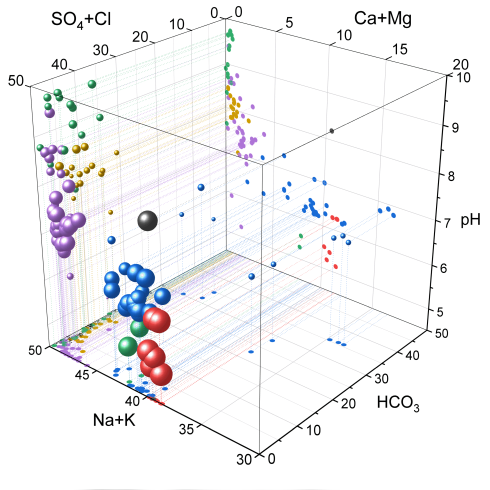
An optimised comprehensive multicomponent geothermometer.
Geothermics 105 (2022) 102548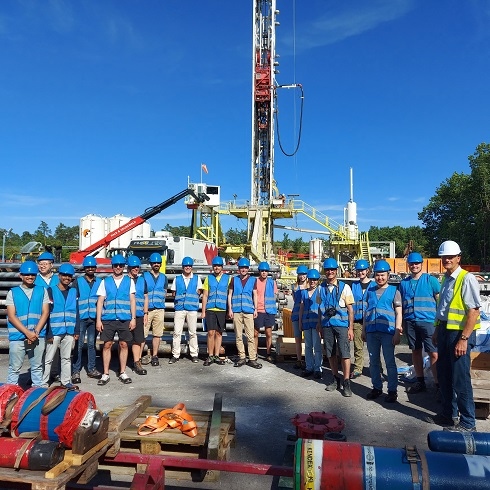
Excursion together with master students to the drill site of Deutsche ErdWärme (DEW) in Graben-Neudorf.
LinkedIn post of DEW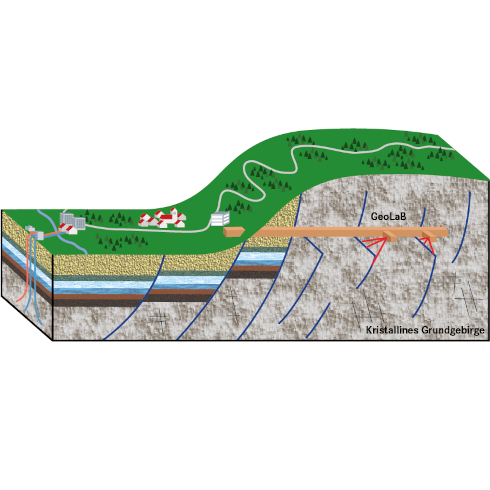
As a joint research infrastructure of the research fields Energy and Earth and Environment, the Helmholtz Association invests in GeoLaB as a strategic development investment.
To the press release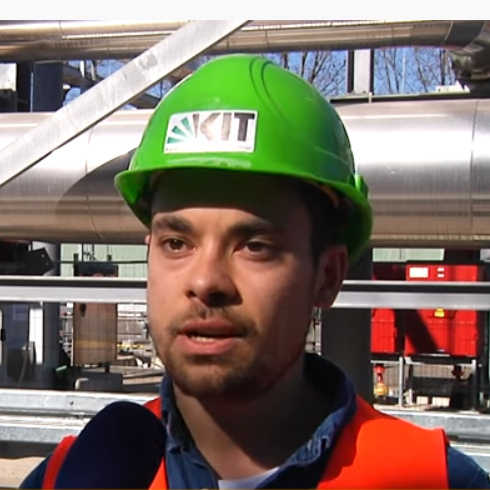
TV München reports on the BMWK funded project INSIDE, which is also carried out by KIT scientists.
Watch the TV report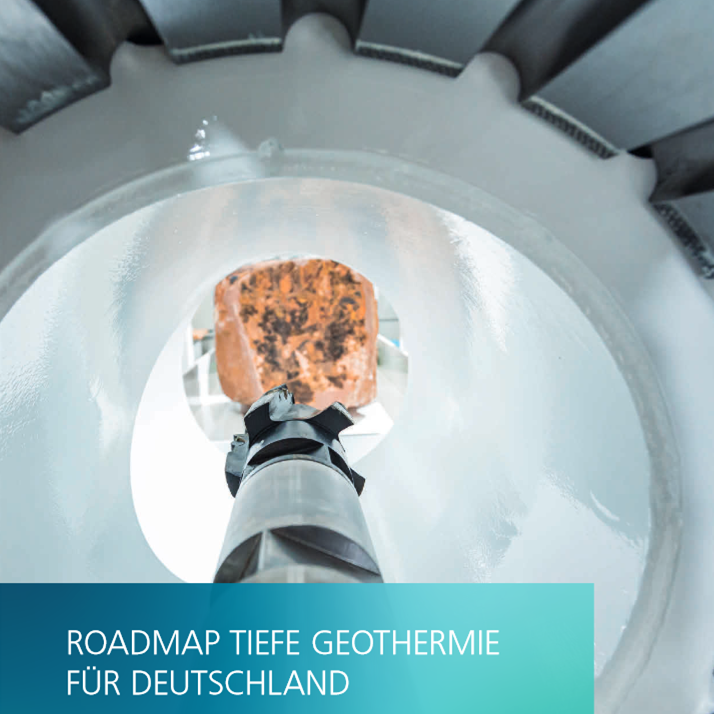
Joint roadmap of Helmholtz-Centres und Fraunhofer-Institutes shows fields of action for sustainable heat supply
Press release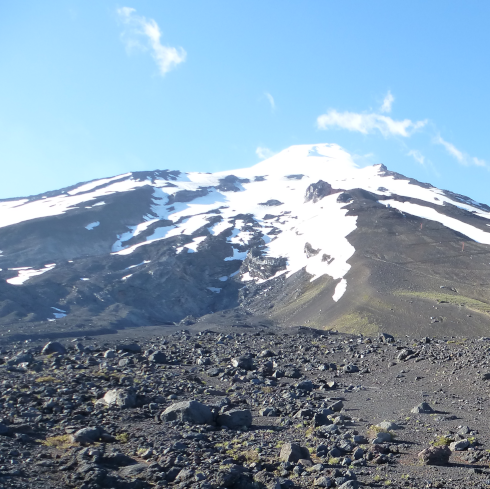
Science podcast on Campus Radio about the BrineMine research project in the Chilean Andes
To the podcast (German)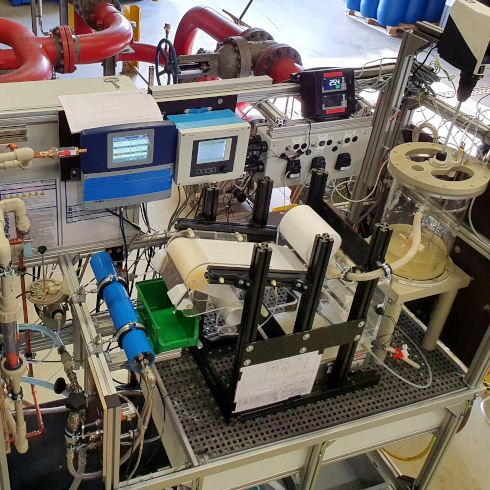
Article on sustainable mineral and fresh water extraction from geothermal brines in Chile in the BrineMine project
Link to press release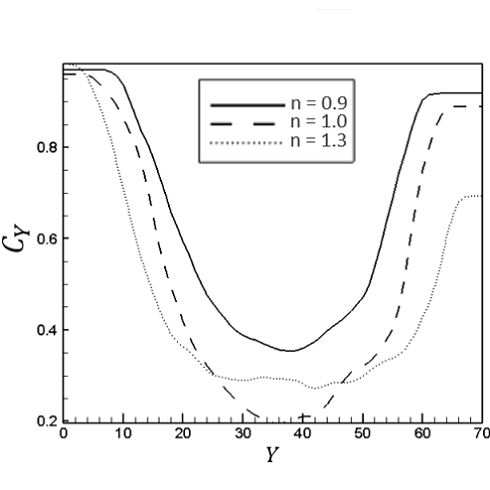
Assessment of the impact of interfacial instabilities on sweeping power of Newtonian fluids to immiscibly displace power-law materials.
Processes, 9(5), 742 (2021)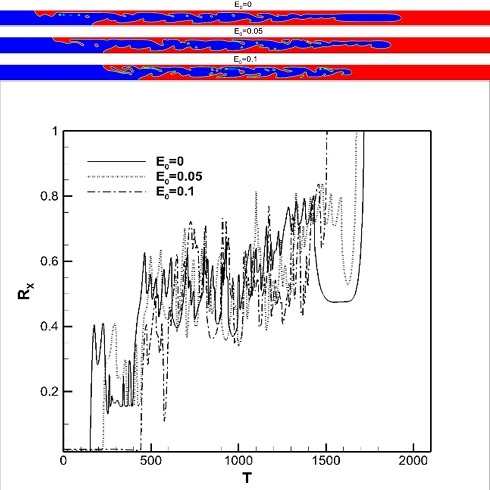
Employing electro- and magneto-hydrodynamics to enhance the immiscible displacement of non-Newtonian fluids caused by the injection of Newtonian fluids.
J of Petroleum Science and Engineering, 196 108044 (2021)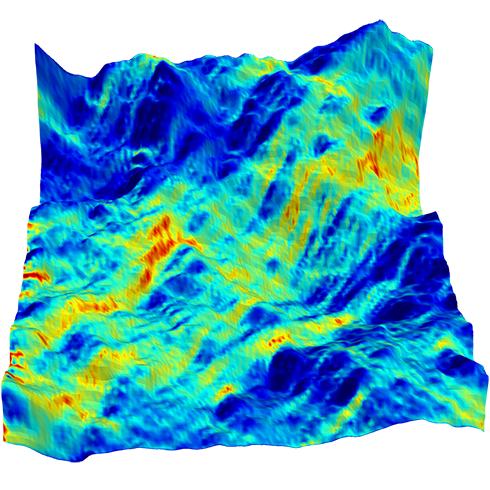
Stochastic analysis of three-dimensional fracture flow to quantify geometric and flow-related uncertainties in simplified flow laws (accepted for publication in GRL).
Geophysical Research Letters (2021)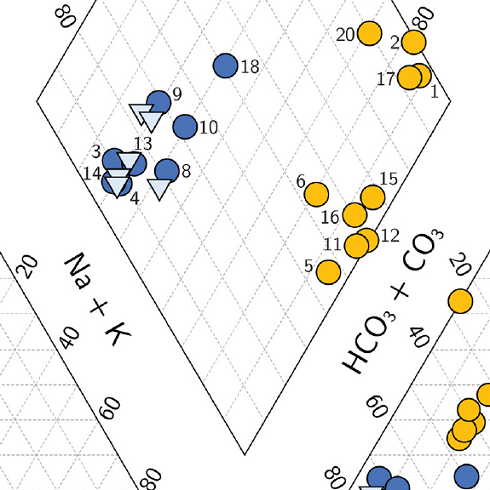
Usage of stable isotope and anthropogenic tracer signature for the geochemical characterization of waters in an Andean geothermal system.
Appl. Geochemistry 128, 104953 (2021)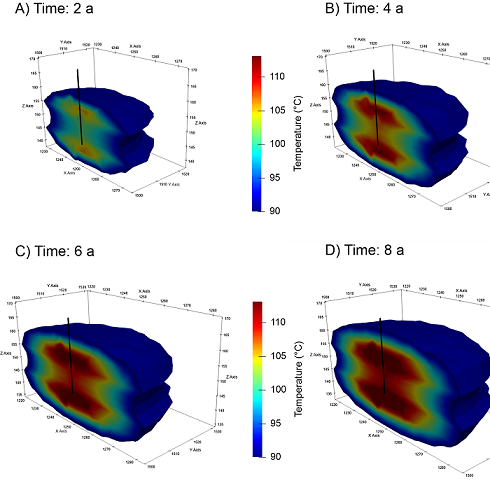
Assessment of the potential of high-temperature heat storage in depleted oil reservoirs of the Upper Rhine Graben utilizing thermohydraulic numerical modeling.
Energies, 13(24), 6510 (2020)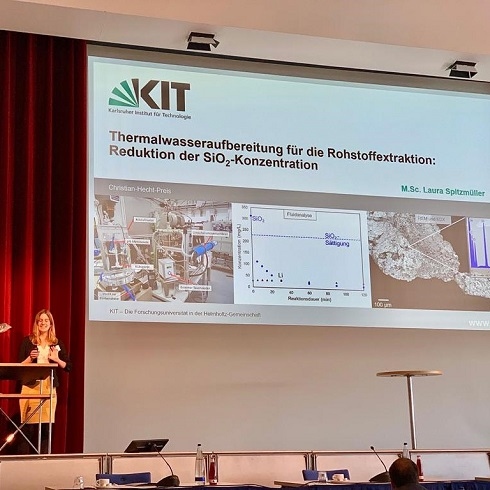
Laura Spitzmüller is awarded with the Christian-Hecht-Preis 2020 in the framework of the Praxisforum Geothermie Bayern for her excellent Master thesis.
Praxisforum Geothermie Bayern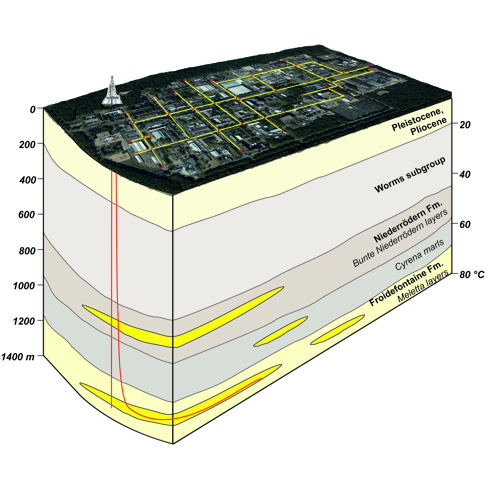
The infrastructure project DeepStor as demonstrator for high-temperature thermal storage in the underground was officially launched.
More...
While the world holds its breath because of the corona crisis, Valentin Goldberg is on the remote volcano Tolhuaca in Chile - and at first, he doesn't notice anything.
At the edge of the volcano: A research trip in times of Corona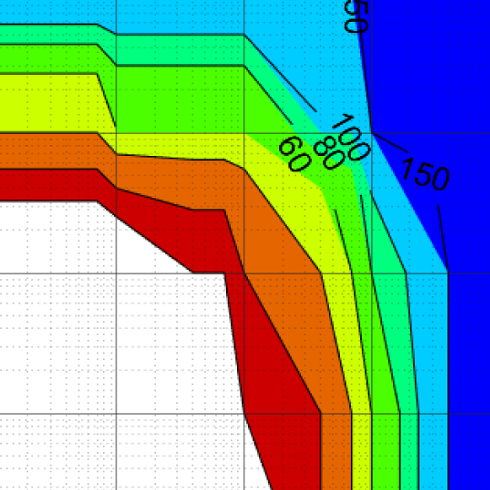
A multi-stage filtering concept for the evaluation of maximal reservoir performance considering reservoir longevity is introduced.
J of Petroleum Science and Engineering 190 (2020)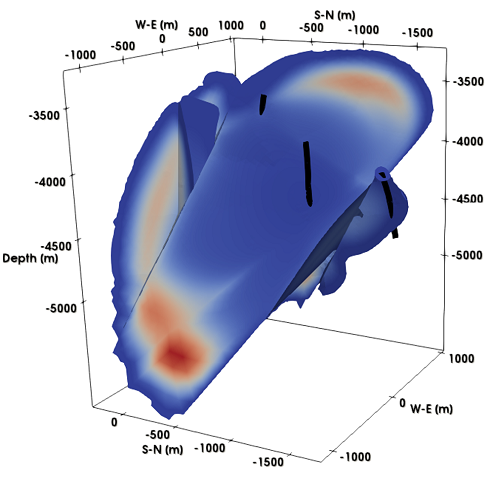
A transient 3D model enables transport modeling of both production wells, characterizes hydraulic conditions and pathways and provides a broad understanding of the reservoir flow zones.
Geothermics 84 (2020)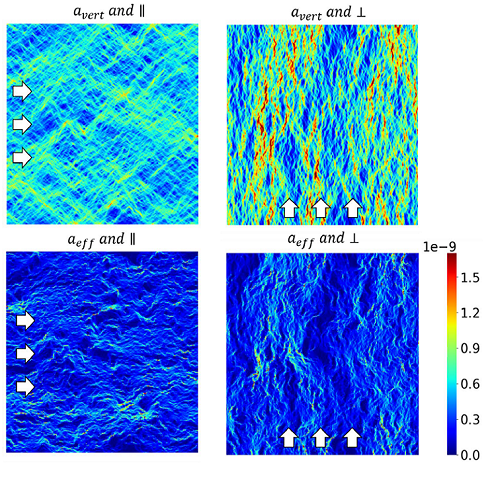
Stochastic study of flow anisotropy and channelling in open rough fractures.
Rock Mechanics and Rock Engineering 53, 233-249 (2020)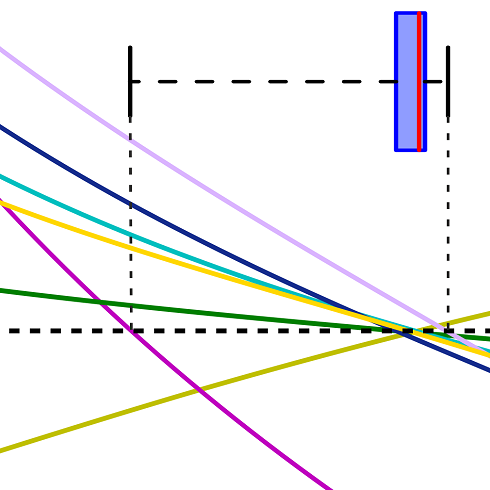
A multicomponent geothermometer for reservoir temperature estimation.
Geothermal Energy 8, 2 (2020)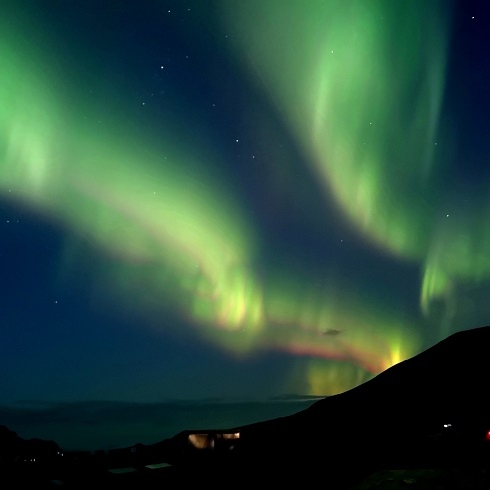
Starting at Reykjavik, 24 master students explored Iceland and experienced the natural forces of the island up close.
Report: A song of ice and fire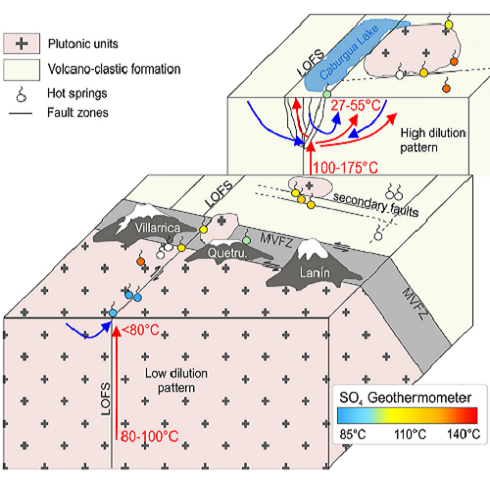
Improved determination of reservoir temperatures using a novel methodology for geothermometers evaluating the fluid under in-situ conditions.
Geothermics, 74, 217-225 (2018)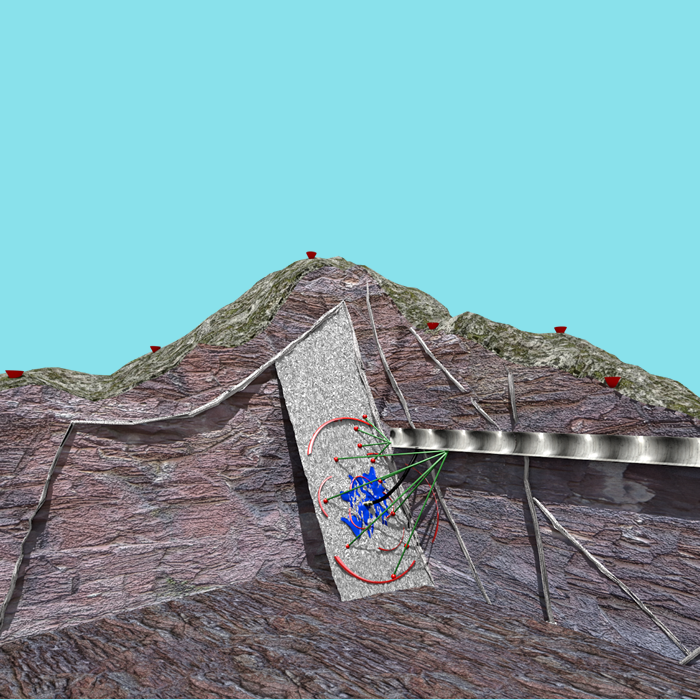
Analysis of the social response to recent geothermal development and identification of the precondition for public acceptability of geothermal projects.
Geothermics, 73, 133-145 (2018)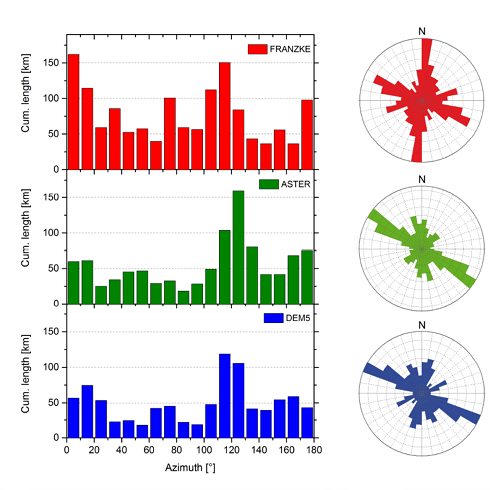
Lineament analysis of digital elevation models and satellite imagery in comparison - fault zone analysis in the crystalline basement of the Black Forest.
J. Struct. Geol., 108, 256-268 (2018)